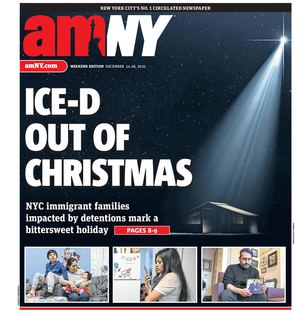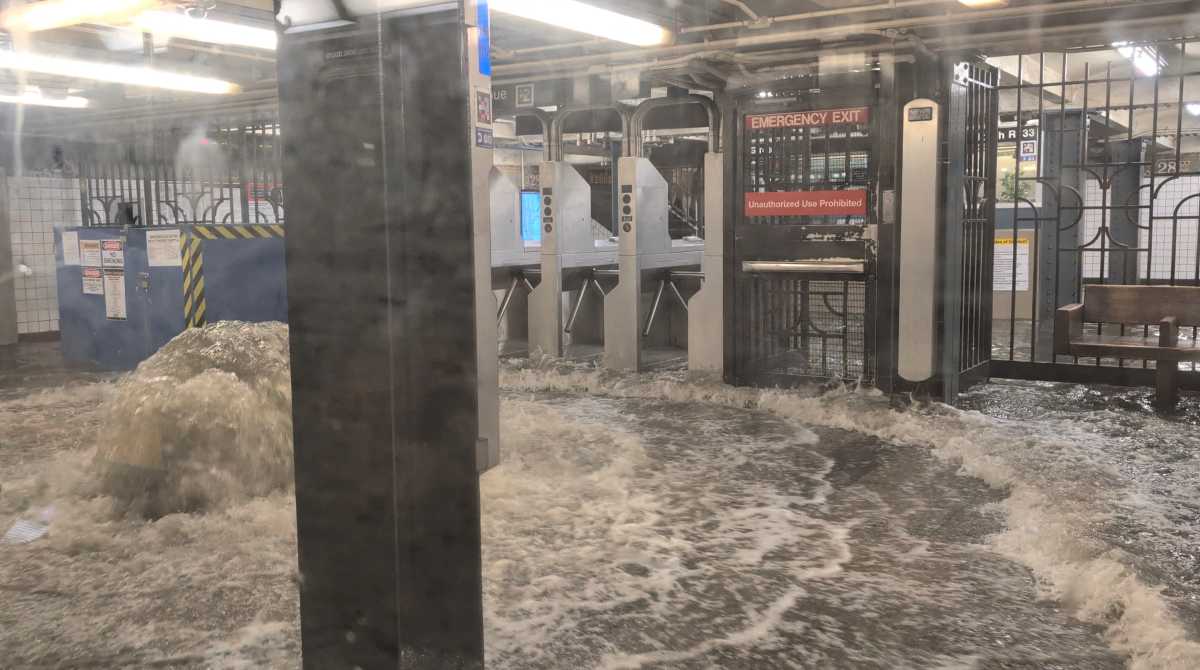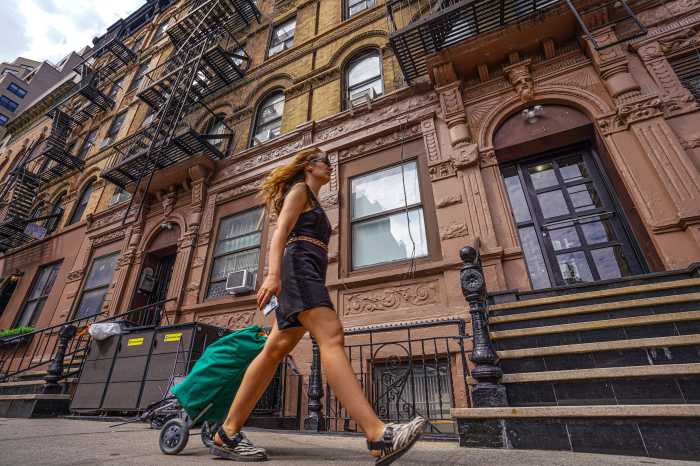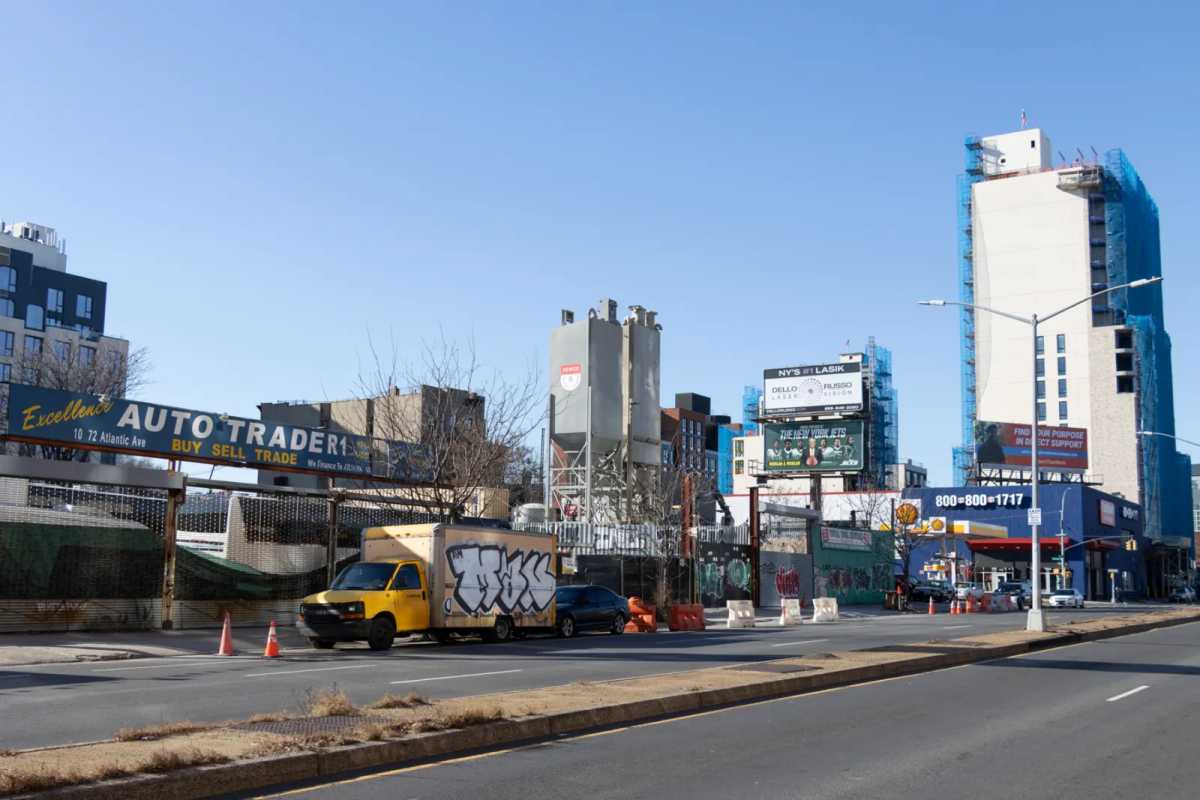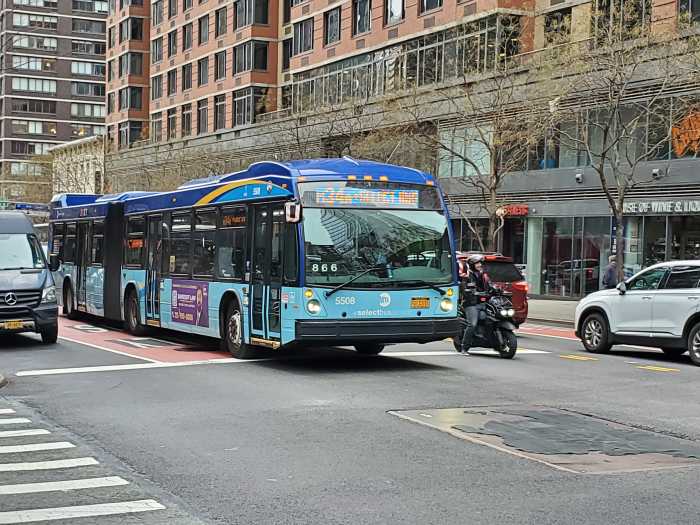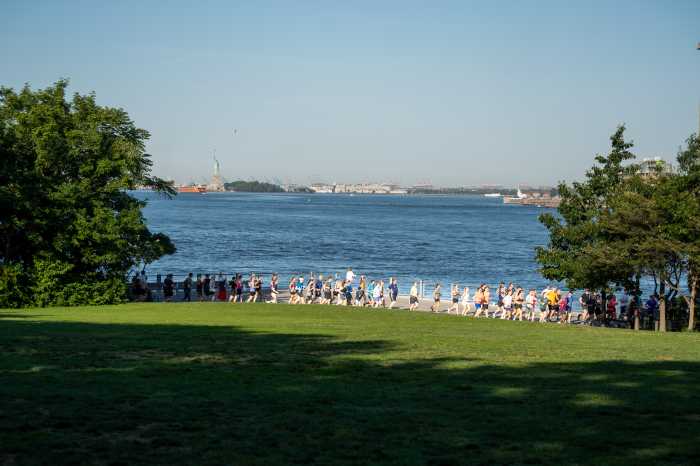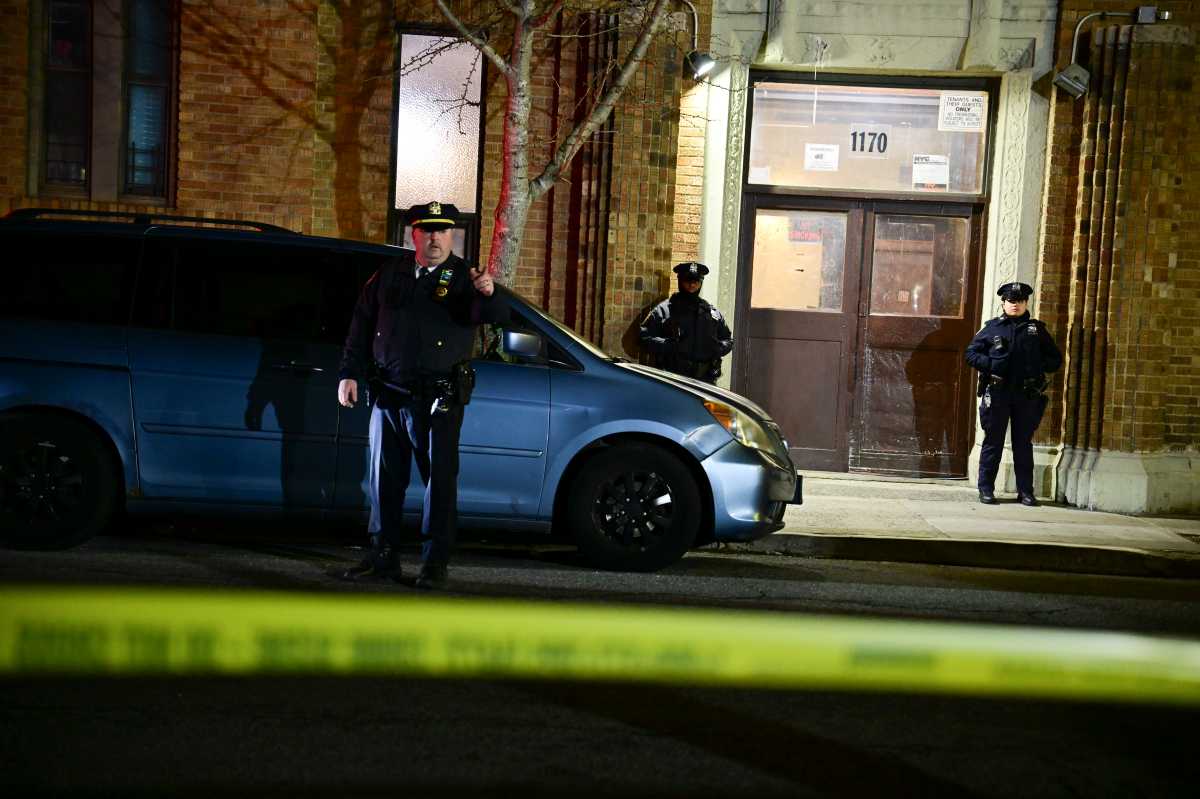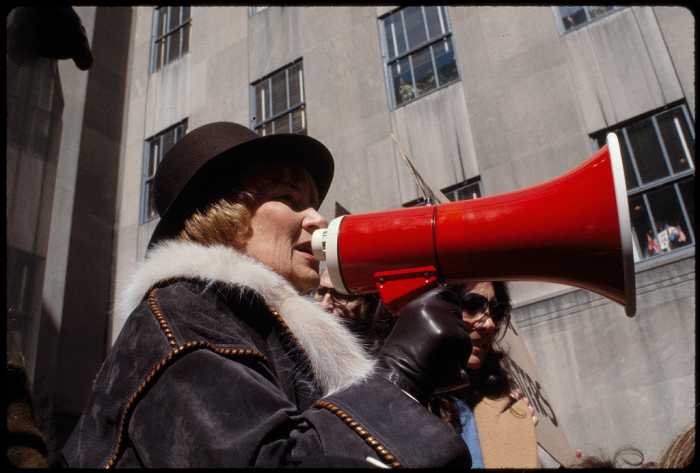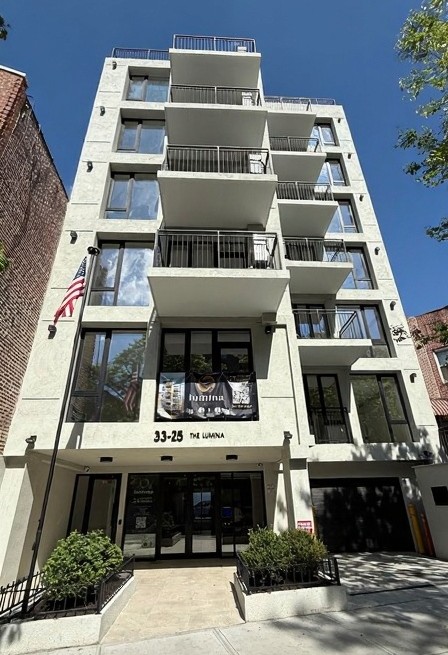There are two main culprits for the flash flooding areas of New York City experienced on Monday night, and both culprits are interconnected.
The prime suspect is climate change. There is no denying that New York is hotter and wetter than it’s ever been. Every summer and fall in recent years seems to bring at least one big record rainmaker — such as the remnants of Hurricane Ida in 2021, the remnants of Tropical Storm Ophelia in 2023 and a slow-moving thunderstorm system that on Monday night delivered just over 2 inches of rainfall in a single hour to Central Park, the second-highest one-hour total ever.
The other suspect is the city’s sewer system. It works beautifully on most days, but when Mother Nature decides to douse the city in record-setting rainfall, the system cannot handle the job.
Don’t take our word for it, either. The MTA and the Adams administration think the sewer system is woefully inadequate when it comes to handling big rainmakers in New York. At most, the sewer system can handle 1.75 inches of rain an hour; Monday’s storm, however, had a 15-minute peak in which rain fell at a rate of 4.08 inches per hour.
Following Superstorm Sandy, the city made major investments in shoring up the coastal areas against the potential for storm surge — important work to save lives and prevent the kind of apocalyptic damage experienced in 2012. Now, however, the time has come for the city to make a major investment in upgrading the entire system to meet a 21st-century climate that has clearly changed for the worse.
That’s far easier said than done. City Department of Environmental Protection Commissioner Rohit Aggarwala said an effort to upgrade the sewer system’s most vulnerable spots would cost an estimated $30 billion, and yet take 30 years to complete at the current funding levels.
Five years ago, the federal government reclassified the city’s climate from temperate to subtropical; the climate has changed so much, Aggarwala said Monday, that it is as if New York had been moved 500 miles south from where it lies today.
The nearest city located 500 miles south of ours is Fayetteville, NC — a place known for hot, humid summers, short and cool winters and rainy weather year-round. Fayetteville’s government says its sewer system is built to handle a 10-year, 24-hour rain event: a storm capable of producing rainfall expected to be equaled or exceeded on average once in 10 years. New York City’s system is not built to the same standard.
It will take many years, billions of dollars, and inconvenience to break up streets to get the job done. The future of the city, however, depends on what we do next when it comes to our flooding problems.
New York faces a grim choice: Invest and build a modern sewer system or live with the reality of regular flash floods that cause more harm.
The Big Apple will sink or swim based on that choice.
